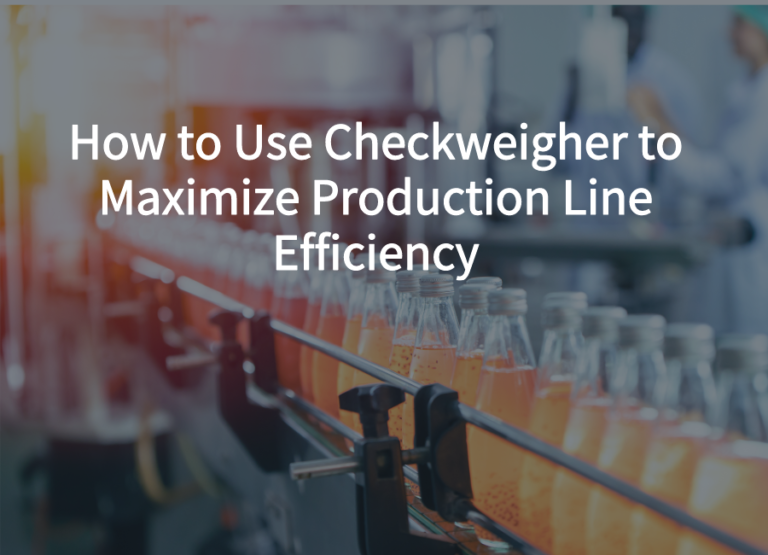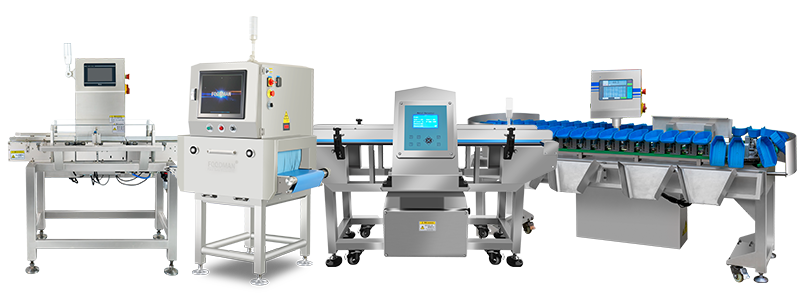Checkweighers are automated devices that help maintain weight uniformity and accuracy, making it a valuable machine for manufacturing companies. This inspection system allows manufacturers to accurately weigh their products as they move through production, guaranteeing they meet specific weight requirements to maintain quality control.
This article provides with comprehensive information on maximizing this device for optimum efficiency. We also discussed the various types and steps to implement the device in our production lines. Read ahead!
Understanding Checkweighers
Checkweighers are devices used in modern production lines to ensure product weight accuracy and consistency. These devices automatically weigh items as they move through production, ensuring they reach specific weight requirements to maintain quality control. They may also prove effective for reducing waste while also promoting overall efficiency through automated weight verification without interrupting the production flow.
Overview of Checkweighers
A checkweigher is an automated machine used to verify the weight of products against preset parameters, ensuring they meet intended specifications. Manufacturers strategically position this device along the production line, ensuring it weighs items in motion and rejects products outside the acceptable weight range. These devices play a crucial role in ensuring quality control by rejecting underweight or overweight products, thereby maintaining consistency and compliance with industry standards.
Checkweighers are used across various industries, particularly food and beverage, pharmaceuticals, and manufacturing, to enhance production efficiency and minimize product giveaways. The operation of this device is effective for maintaining compliance with industry regulations, reducing waste, and improving overall product quality.
In addition, by detecting and addressing of weight discrepancies in real-time, checkweighers help streamline the production process, reduce waste, and optimize resource utilization. Their integration into production lines ensures that only products meeting the required specifications proceed to packaging and distribution, safeguarding brand reputation and customer satisfaction.
Different Types of Checkweighers
Like typical machines, checkweighers come in various types and designs, each suited for different applications and environments. This makes them versatile tools for diverse industries. Understanding each type’s peculiarities helps select the right checkweigher to maximize efficiency and accuracy in production lines.
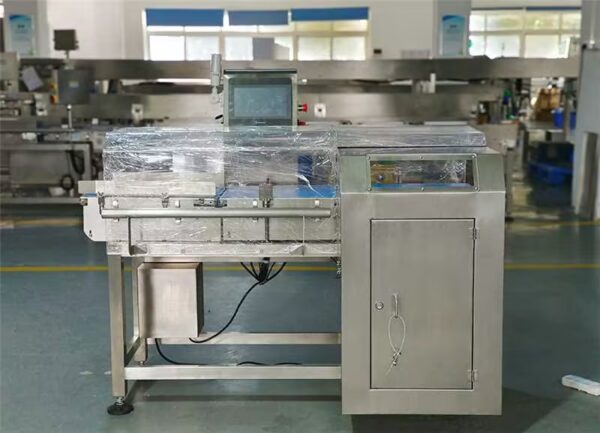
High Speed & Accuracy Checkweigher
High Speed & Accuracy Checkweighers are designed for environments where rapid processing and precision are critical. These machines can weigh items at very high speeds without compromising accuracy, making them ideal for industries like food and beverage, pharmaceuticals, and cosmetics, where large volumes of products must be checked quickly. The high speed of this checkweighers ensures it maintains increased throughput and reduced downtime without compromising product consistency. Also, they tend to feature sophisticated technologies, like digital load cells and high-resolution sensors, to ensure precise measurements, even at high speeds.
General Purpose Dynamic Checkweigher
General Purpose Dynamic Checkweighers are versatile machines suitable for various applications. They are designed to handle various product types and weights, making them ideal for industries with diverse product lines. These checkweighers offer a good balance between speed and accuracy and often offer applications in weight regulation during manufacturing and packaging. Their main advantages include flexibility, ease of integration into existing production lines, and the ability to handle a variety of product shapes and sizes. This makes them a popular choice for companies looking for a cost-effective and reliable solution for weight verification.
Heavy Weight Checkweigher
As the name suggests, Heavy Weight Checkweighers are specifically engineered to handle large and bulky items. They are commonly used in industries such as bulk food processing and agriculture, where products exceed the weight capacities of standard checkweighers. These machines are built with robust materials and components to endure the stress of accurately weighing heavy loads. This type of checkweigher’s main benefits are its high weight capacity and ability to maintain accuracy despite the heavier loads. They often feature reinforced checkweigher conveyor belts and sturdy frames to support the additional weight, ensuring reliable performance in demanding environments.
Steps to Implement a Checkweigher
Integrating a checkweigher into a production line involves several critical steps to ensure optimal performance and efficiency. In this section, we outline the main steps to follow when implementing a checkweigher device into your production line.
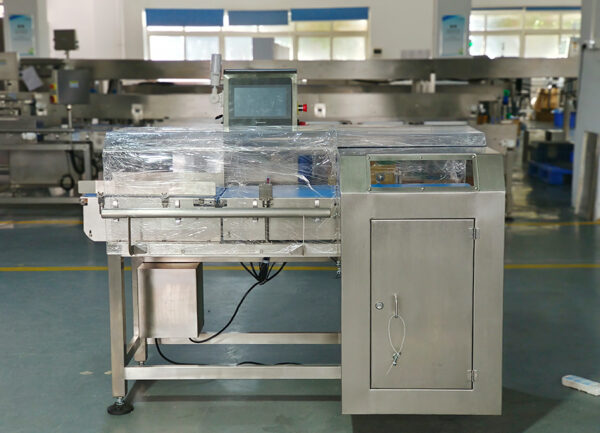
Selection Criteria
The selection criteria are as important as the entire implementation process. Choosing the right checkweigher is essential for maximizing production line efficiency. Factors such as product type, production speed, accuracy requirements, and environmental conditions are important when selecting a checkweigher. You should evaluate the weight range and precision standards needed for your specific application.
It is also important to consider the compatibility of the checkweigher with existing equipment and machinery, including its ability to integrate seamlessly into your production line. In addition, you are sure to go for a checkweigher with features like user-friendly interfaces and easy maintenance. Careful assessment of these criteria will help you select a checkweigher device that suits your operational demands and enhances overall productivity.
Integration Process
Installing and setting up a checkweigher conveyor involves steps to ensure smooth integration into the production line. First, space requirements are important. You should ensure adequate space and room for proper alignment for the checkweigher. Adhere strictly to the manufacturer’s guidelines for proper installation, typically securing the machine, connecting it to the conveyor system, and calibrating it according to the product specifications.
During the setup of this machine, ensure that the checkweigher’s software settings are configured to match the desired weight thresholds and operational parameters. In addition, thorough testing must be conducted to verify that the checkweigher accurately identifies and rejects out-of-spec products. Furthermore, ensure that all those in charge of operating this device undergo adequate training for effective management and maintenance of the machine.
Maximizing Efficiency With Checkweighers
While checkweigher systems help enhance productivity and maintain quality controls, you need to put some measures in place to maximize the efficiency of this device. Below, we provide an overview of critical details that can effectively optimize the performance of checkweigher systems.
Best Practices for Use
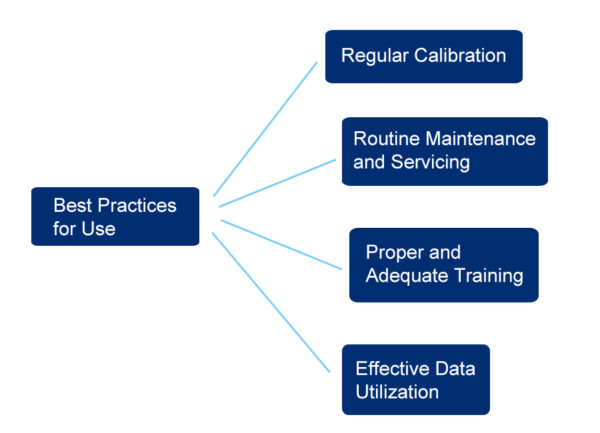
- Regular Calibration: Ensure routine calibration of the checkweigher is regularly according to the manufacturer’s specifications. Regular re-calibration of this device is important in maintaining its accuracy and reliability.
- Routine Maintenance and Servicing: You must conduct routine maintenance checks to prevent wear and tear, particularly on moving parts like the belts and other sensitive components like the sensors. Also, endeavor to subject the device to scheduled servicing by experts to ensure effective operation.
- Proper and Adequate Training: Ensure that anyone who is to operate this device receives thorough training on the use and maintenance of the checkweigher. Specific minor issues may not require experts, as well-informed staff should be able to identify and address such issues promptly.
- Optimize Production Processes: Use the data obtained from the device to analyze trends and improve the production processes. This may prove effective in identifying areas for efficiency improvements.
Avoiding Common Pitfalls
Below, we discuss common mistakes that can result in not getting the best weight monitoring outcomes, even when using checkweigher.
- Failure to Perform Regular Maintenance: Ignoring routine maintenance can lead to inaccurate measurements and operational downtime. Therefore, you should establish a regular maintenance schedule to maximize the device.
- Improper Calibration: Inaccurate calibration can result in wrong readings and false rejections or acceptance of non-compliant products. As a result, you must ensure you maintain the specified calibration guidelines.
- Inadequate Training of Personnel: Operators who are not properly trained can mishandle the checkweigher, leading to operational inefficiencies. Do not overlook the need to invest in comprehensive training programs for the device operators and technicians.
- Overloading the Conveyor Belt: Avoid overloading the checkweigher beyond its designed capacity. Overloading the conveyor belt, for example, can damage the machine and compromise accuracy.
- Ignoring Environmental Factors: Extreme temperatures, such as high humidity and dust, may alter the performance of the checkweigher. Therefore, ensure the operating environment is controlled and within specified limits.
Troubleshooting Tips
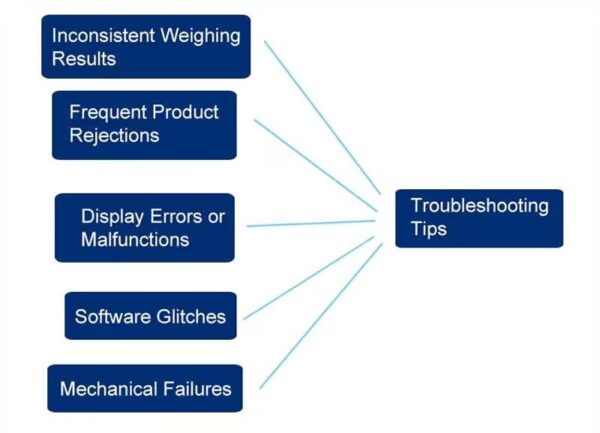
It is advised that operators of this device familiarize themselves with common issues that may affect the checkweigher machine and effective means of fixing these issues. Prompt addressing such challenges can minimize operational downtime and maintain efficiency:
- Inconsistent Weighing Results: Check for debris or obstructions on the conveyor belt and clean regularly. Ensure the load cells are not damaged and recalibrate if necessary.
- Frequent Product Rejections: Review the product handling process to ensure consistent placement and check for environmental factors that might be causing fluctuations in weight.
- Display Errors or Malfunctions: Verify that all electrical connections are secure and inspect for damaged cables or components. Reboot the system or perform a factory reset if needed.
- Software Glitches: Keep the checkweigher’s software updated to the latest version to avoid bugs and improve functionality. Contact technical support for persistent issues.
- Mechanical Failures: Regularly inspect mechanical parts such as belts, rollers, and bearings for signs of wear and tear. Replace any worn parts immediately to prevent further damage.
Conclusion
Implementing checkweighers in production lines is crucial for maintaining product quality, reducing waste, and enhancing efficiency. However, factors such as selecting the appropriate type of checkweigher, ensuring proper integration, and adhering to best practices are important for boosting the device’s operational efficiency. Also, you must ensure regular maintenance and proper calibration, among other measures, to maximize the benefits of checkweighers.

